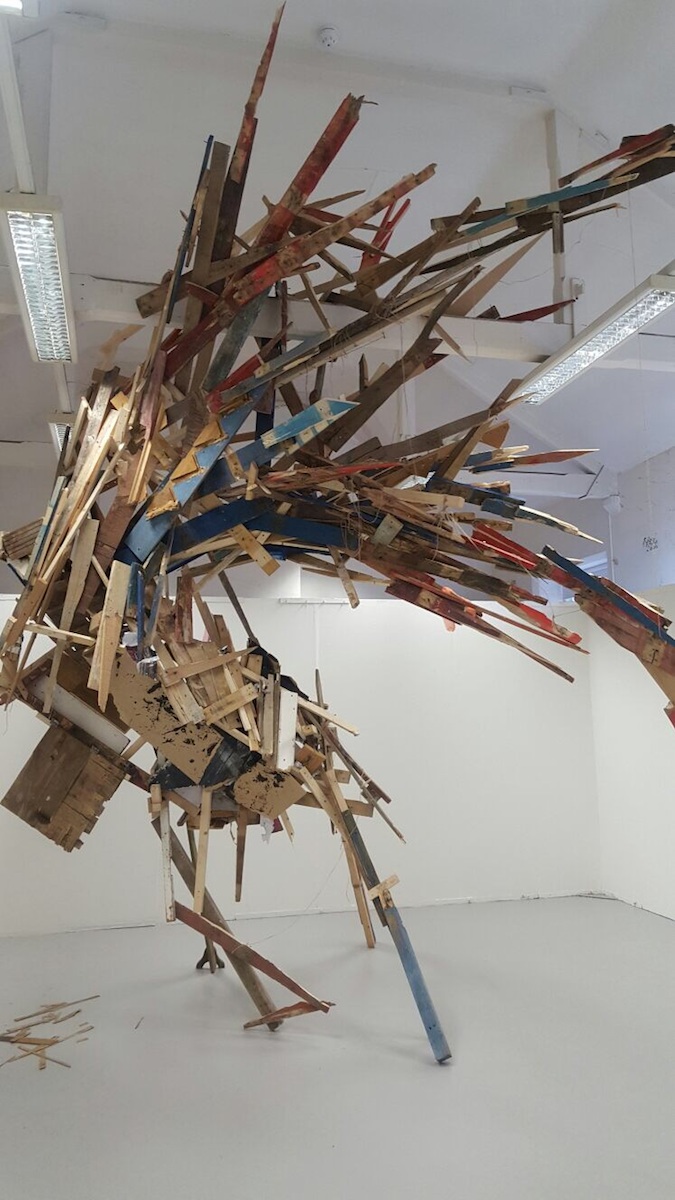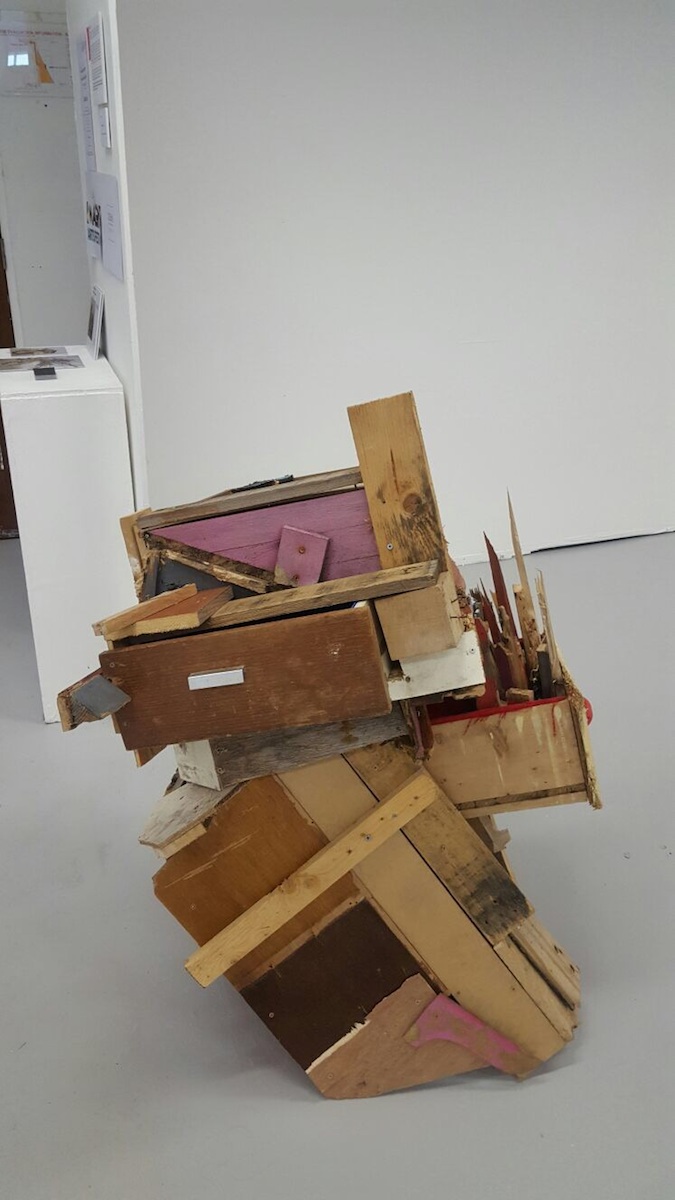Paul McAree: Clare Scott
As part of Lismore Castle Arts ‘Origins’ exhibition at St Carthage Hall – a yearly graduate exhibition, and since 2016, a solo graduate award to one student from across Ireland – I have been travelling to every graduate exhibition across Ireland. Part of the thrill of seeing so many final year exhibitions is the opportunity to get an overview of what the next generation of artists are thinking: are there hot issues, are there any emerging themes across the country, and of particular interest for me, given the turbulent times we live in, are people picking up the gauntlet in their studios and responding to the issues of the day?
What has been most interesting to me, is that my initial expectation – or hope – that there would have been an anger or reaction in people’s work is not there. Reflecting on this with one course tutor, she said artists seem to be able, or want to, keep things separate, taking on the issues of our times in direct ways (protests, petitions etc), but, at the same time, wanting to simply make and create in the studio. Several tutors also suggested this was a response to our overly-stimulated virtual lives, an antidote to the Instagramming of our every moment, and a desire to create, often slowly, and take time out of the blur of daily life.
At Waterford Institute of Technology, this desire to make is strong amongst this modest degree year comprising just ten students. Clare Scott’s ambitious sculptural installation grabbed me immediately, an explosion of broken pieces of timber arcing across the exhibition space. I’m reminded in ways of the organic and playful crawl across gallery spaces of Maggie Madden’s work, but the broken and splintered shards of timber also touching on Liam O’Callaghan’s and Marcel Vidal’s. This wasn’t the first time it had happened uses and reworks timber collected by the artist over the course of a year and as such could be seen as a breakdown and spewing forth of an entire academic year, and in its own way questions what the final exhibition is supposed to be doing in the first place. Nearby, smaller sculptures look like exploded chests of drawers that have been put back together blindfolded. They appear as if they have just enough structure to hold themselves together, suggesting a sculpture is nothing more than the coming together of a few elements, which will eventually fade back into its environment.

